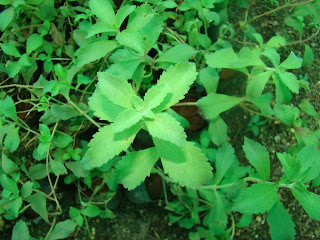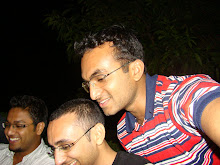

Appetizer Powder
Ingredients:
Content
Percentage
cost
uses
Awala
100gm
Rs.8
Helps in digestion, Useful in the treatment of acidity.
Pinpli
100gm
RS.16
Increases hunger, helps in digestion.
Hirda
250gm
Rs.10
Cleans the stomach.
Sunth
150gm
Rs.16
Increases heat in the body. Helps in increasing hunger. Helps in diluting acidity.
Saindhav mith
250gm
Rs.16
Increase salivation, and helps in digesting the food.
850gm
Rs.66
Procedure: Mix all the above mentioned ingredients together and take one teaspoon full, which should be diluted in one glass of water. Use this after a meal.
Uses: Appetizer, useful for constipation, and gas. It also helps in increasing hunger and proper digestion of food.
Method of use: you can simply take ¼ tsp after food or even sprinkle some powder on cut fruits before eating. We can add ½ tsp to any fruit juice that you make, it is especially good with lemon, musampi, and pineapple juice.
Ingredients:
Content
Percentage
cost
uses
Awala
100gm
Rs.8
Helps in digestion, Useful in the treatment of acidity.
Pinpli
100gm
RS.16
Increases hunger, helps in digestion.
Hirda
250gm
Rs.10
Cleans the stomach.
Sunth
150gm
Rs.16
Increases heat in the body. Helps in increasing hunger. Helps in diluting acidity.
Saindhav mith
250gm
Rs.16
Increase salivation, and helps in digesting the food.
850gm
Rs.66
Procedure: Mix all the above mentioned ingredients together and take one teaspoon full, which should be diluted in one glass of water. Use this after a meal.
Uses: Appetizer, useful for constipation, and gas. It also helps in increasing hunger and proper digestion of food.
Method of use: you can simply take ¼ tsp after food or even sprinkle some powder on cut fruits before eating. We can add ½ tsp to any fruit juice that you make, it is especially good with lemon, musampi, and pineapple juice.






























,Mandok+parni,3.JPG)







